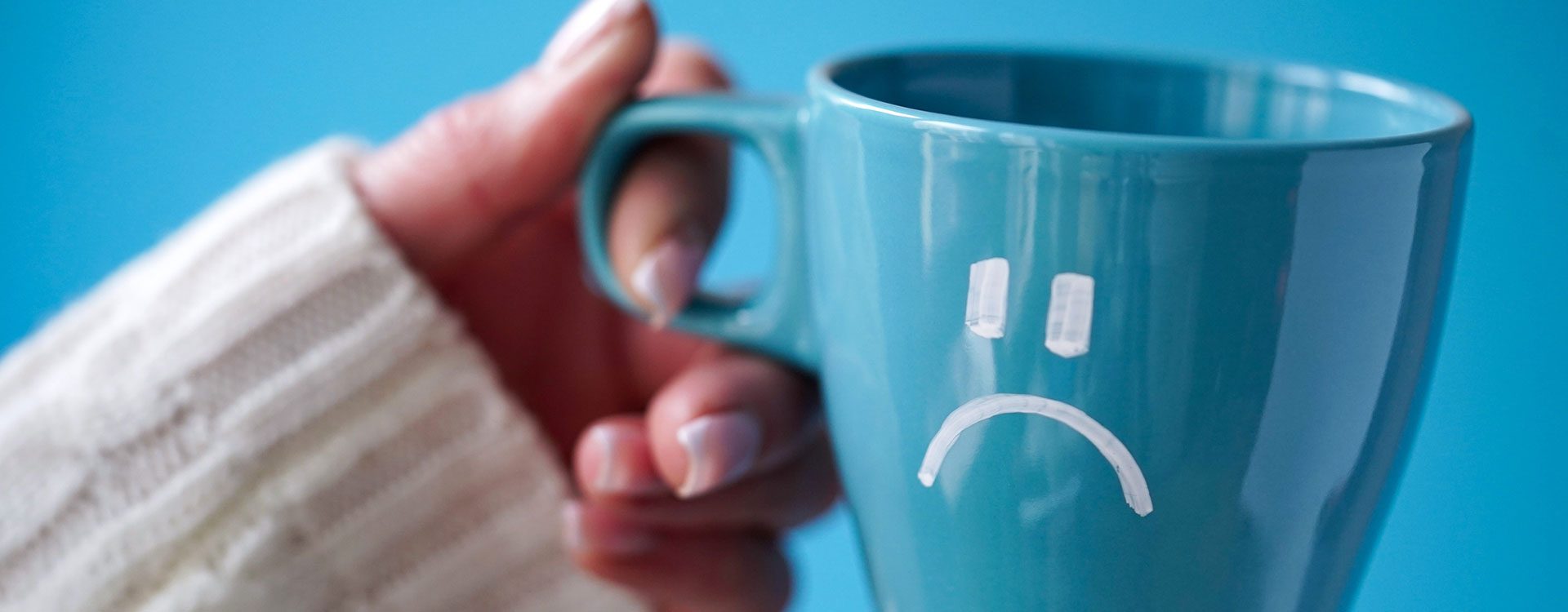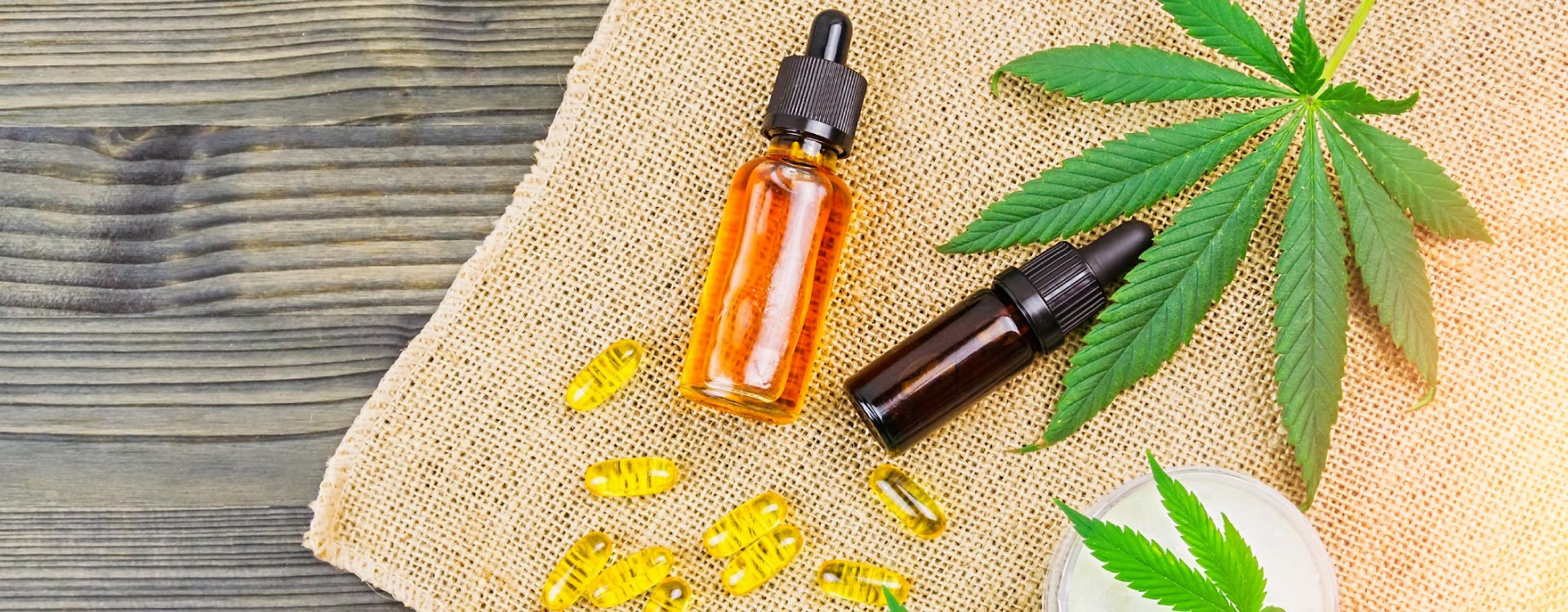When I was overseas with the Army, we experienced a very gloomy winter. I don’t think the sun shined for nearly two months. During this time, many of my fellow soldiers experienced what’s known as seasonal affective disorder (SAD), or seasonal depression. This had a noticeable impact on our missions – so much so that the general of our taskforce distributed information about SAD and urged soldiers to address it.
If you too are feeling blue this time of year, you’re not alone – millions of adults in the United States experience seasonal affective disorder. Here are the symptoms to watch for, lifestyle changes to help you feel better and signs you should talk to your health care provider.
Signs of seasonal affective disorder
Seasonal affective disorder typically occurs around the same time each year for a few weeks or months, often during the darker, colder winter months. Symptoms may improve during the spring and summer, though it’s still possible for a person to have SAD during warmer months.
The condition can interfere with your daily life, affecting your health, relationships, work and hobbies. Signs of seasonal affective disorder include having low energy, sleeping too little or too much, craving carbohydrates, weight gain, loss of interest in activities you once enjoyed, sadness, feeling hopeless or worthless, irritability, difficulty concentrating or making decisions, and thoughts of suicide or death.
Seasonal depression is more common in young people (it typically starts between the ages of 18 and 30), women and those who live in areas with fewer daylight hours. SAD can run in families. It is also more common in people with bipolar disorder and major depressive disorder.
What causes SAD?
Researchers aren’t sure what causes SAD. However, they have found that people with the condition may have an imbalance of serotonin, a mood-stabilizing brain chemical. People with SAD may also produce too much melatonin, a hormone that helps with sleep, and too little vitamin D. Sunlight plays a role in the production of serotonin, melatonin and vitamin D, so when it’s dark outside, these imbalances may be more likely to occur.
Lifestyle changes to reduce SAD symptoms
You may be able to prevent or reduce seasonal affective disorder symptoms with lifestyle changes. These include having a bedtime routine, going to bed and waking up around the same time each day, eating a healthy and balanced diet, exercising regularly, seeking support from family and friends, and spending time outdoors when possible.
Seasonal affective disorder treatment
Seasonal affective disorder is typically treated with light therapy, talk therapy, antidepressants or a combination of these treatments.
During light therapy, you sit in front of a bright, artificial light (that filters out harmful UV rays) for at least 20 minutes per day. Light therapy helps make up for the reduced sunlight during darker months. According to the American Psychiatric Association, people may see an improvement of symptoms after a week or two of light therapy. However, they often need to continue the treatment throughout the winter months.
Talk therapy, antidepressants and vitamin D supplements may also be used to treat SAD.
When to seek medical care
If you are struggling with feelings of depression or anxiety, reach out to your primary care provider for help. It’s important to get evaluated and receive the right diagnosis so you can feel better mentally and physically. Sometimes seasonal affective disorder is mistaken for infectious mononucleosis (“mono”), thyroid disorders and other viral infections, so speak up if you suspect seasonal depression.
You don’t have to live with seasonal affective disorder symptoms. With the right treatments, your symptoms can improve. To find a provider near you, visit pardeehospital.org.
If you are in crisis or have suicidal thoughts, text HOME to the Crisis Text Line at 741741, call the Suicide Prevention Lifeline at 1-800-273-TALK (8255) or go to the nearest emergency department.





